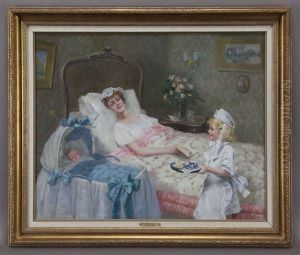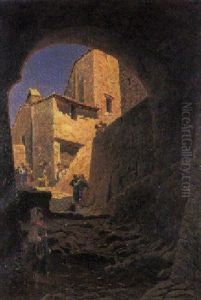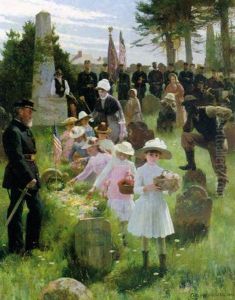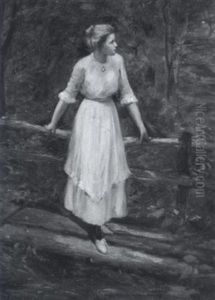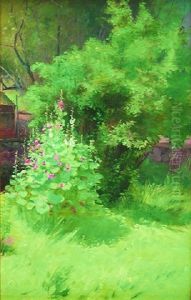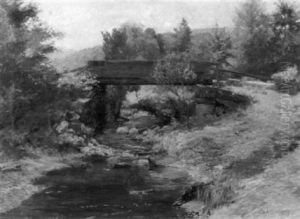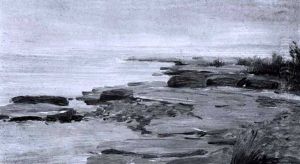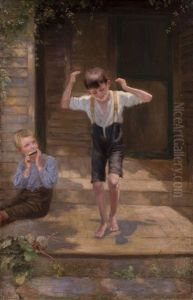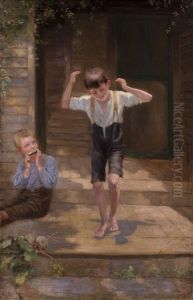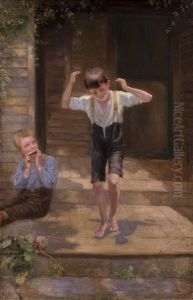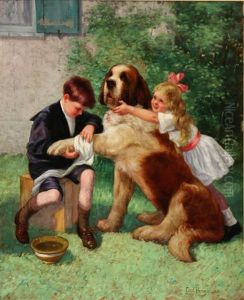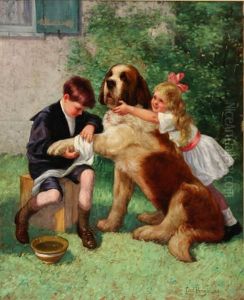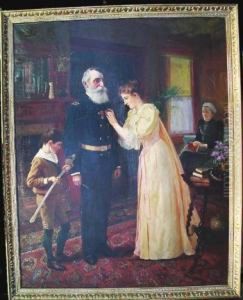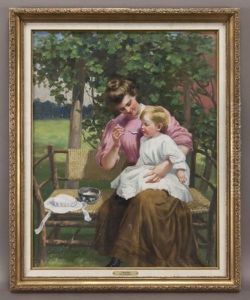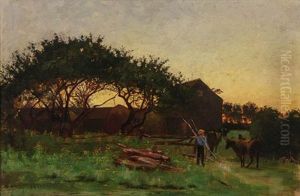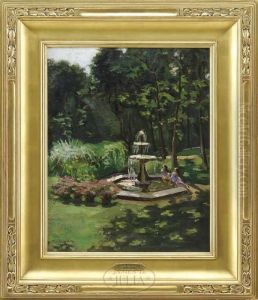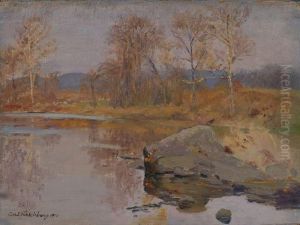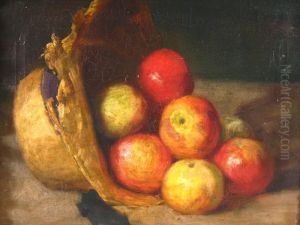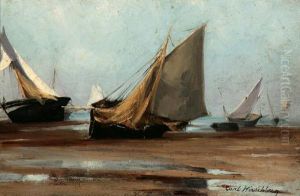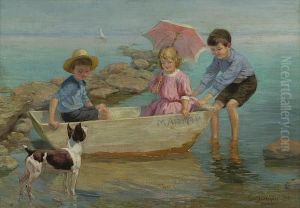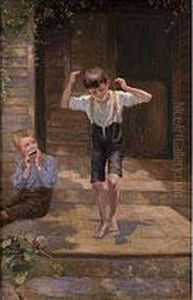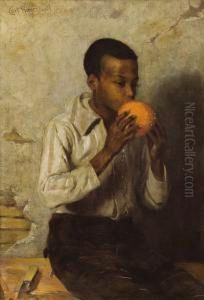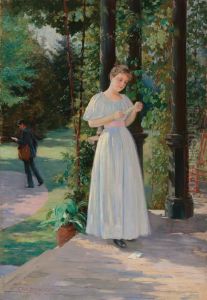Carl Hirschberg Paintings
Carl Hirschberg was a German-born American artist, renowned for his landscape and genre paintings. Born on June 1, 1854, in Głogów, which was then in Prussia and is now in Poland, Hirschberg developed an interest in the arts at an early age. He pursued his passion for painting by studying at the Royal Academy of Art in Berlin. After honing his skills in Germany, he moved to the United States in the late 19th century, seeking new opportunities and inspiration for his work.
In America, Hirschberg settled in New York and became part of the vibrant art scene. He was influenced by the Hudson River School, a mid-19th century American art movement embodied by a group of landscape painters whose aesthetic vision was influenced by romanticism. Hirschberg's work reflected this style, capturing the majesty and tranquility of the American countryside. He often depicted serene scenes with fine detail, rich coloration, and an emphasis on the beauty of natural light.
Throughout his career, Carl Hirschberg remained dedicated to his craft. He exhibited his work at various institutions, including the National Academy of Design and the Pennsylvania Academy of the Fine Arts. His paintings were well-received, and he gained a reputation for his ability to imbue ordinary scenes with a sense of calm and harmony.
Despite his success, Hirschberg's name is not as widely recognized as some of his contemporaries. His work, however, continues to be appreciated by art historians and collectors for its contribution to the genre of American landscape painting. Hirschberg's legacy lives on through his art, which captures the spirit of an era and the timeless beauty of the natural world.
Carl Hirschberg died on December 7, 1923, leaving behind a body of work that continues to be admired for its serene beauty and technical skill. His paintings are a testament to his dedication to the arts and his love for the American landscape.
